
Anouk Aimée and Jean-Louis Trintignant play characters trying to escape their pasts in Claude Lelouch’s A MAN AND A WOMAN
A MAN AND A WOMAN (UN HOMME ET UNE FEMME) (Claude Lelouch, 1966)
Film Forum
209 West Houston St.
Sunday, December 16, and Monday, December 17
Series runs through December 20
212-727-8110
www.filmforum.org
 Winner of both the Oscar for Best Foreign Language Film and the Palme d’Or at Cannes, Claude Lelouch’s A Man and a Woman is one of the most popular, and most unusual, romantic love stories ever put on film. Oscar-nominated Anouk Aimée stars as Anne Gauthier and Jean-Louis Trintignant as Jean-Louis Duroc, two people who each has a child in a boarding school in Deauville. Anne, a former actress, and Jean-Louis, a successful racecar driver, seem to hit it off immediately, but they both have pasts that haunt them and threaten any kind of relationship. Shot in three weeks with a handheld camera by Lelouch, who earned nods for Best Director and Best Screenplay (with Pierre Uytterhoeven), A Man and a Woman is a tour-de-force of filmmaking, going from the modern day to the past via a series of flashbacks that at first alternate between color and black-and-white, then shift hues in curious, indeterminate ways. Much of the film takes place in cars, either as Jean-Louis races around a track or the protagonists sit in his red Mustang convertible and talk about their lives, their hopes, their fears. The heat they generate is palpable, making their reluctance to just fall madly, deeply in love that much more heart-wrenching, all set to a memorable soundtrack by Francis Lai. Lelouch, Trintignant, and Aimée revisited the story in 1986 with A Man and a Woman: 20 Years Later, without the same impact and success. A new print of the original will be shown December 16-17 in a grand double feature with Eric Rohmer’s My Night at Maud’s as part of Film Forum’s two-week tribute to Trintignant, leading up to the theatrical release of the French star’s latest, Michael Haneke’s remarkable Palme d’Or winner Amour, which once again displays the actor’s unique range and sensitivity in an unforgettable performance that is likely to finally make him much better known in the United States, at the tender age of eighty-two.
Winner of both the Oscar for Best Foreign Language Film and the Palme d’Or at Cannes, Claude Lelouch’s A Man and a Woman is one of the most popular, and most unusual, romantic love stories ever put on film. Oscar-nominated Anouk Aimée stars as Anne Gauthier and Jean-Louis Trintignant as Jean-Louis Duroc, two people who each has a child in a boarding school in Deauville. Anne, a former actress, and Jean-Louis, a successful racecar driver, seem to hit it off immediately, but they both have pasts that haunt them and threaten any kind of relationship. Shot in three weeks with a handheld camera by Lelouch, who earned nods for Best Director and Best Screenplay (with Pierre Uytterhoeven), A Man and a Woman is a tour-de-force of filmmaking, going from the modern day to the past via a series of flashbacks that at first alternate between color and black-and-white, then shift hues in curious, indeterminate ways. Much of the film takes place in cars, either as Jean-Louis races around a track or the protagonists sit in his red Mustang convertible and talk about their lives, their hopes, their fears. The heat they generate is palpable, making their reluctance to just fall madly, deeply in love that much more heart-wrenching, all set to a memorable soundtrack by Francis Lai. Lelouch, Trintignant, and Aimée revisited the story in 1986 with A Man and a Woman: 20 Years Later, without the same impact and success. A new print of the original will be shown December 16-17 in a grand double feature with Eric Rohmer’s My Night at Maud’s as part of Film Forum’s two-week tribute to Trintignant, leading up to the theatrical release of the French star’s latest, Michael Haneke’s remarkable Palme d’Or winner Amour, which once again displays the actor’s unique range and sensitivity in an unforgettable performance that is likely to finally make him much better known in the United States, at the tender age of eighty-two.
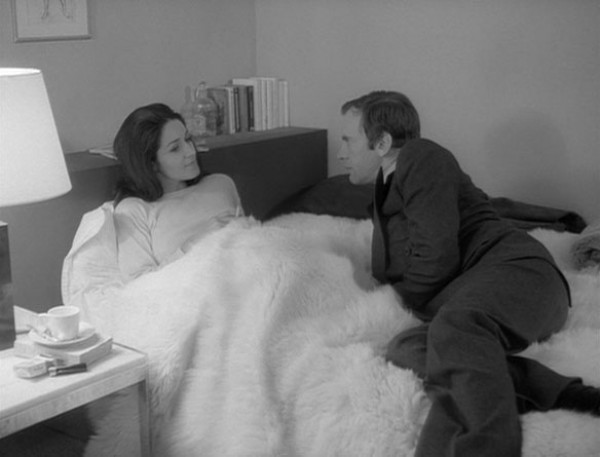
Jean-Louis (Jean-Louis Trintignant) is more than a little intrigued by Maud (Françoise Fabian) in the fourth of Eric Rohmer’s Six Moral Tales
MY NIGHT AT MAUD’S (MA NUIT CHEZ MAUD) (Eric Rohmer, 1969)
Film Forum
209 West Houston St.
Sunday, December 16, and Monday, December 17
Series runs through December 20
212-727-8110
www.filmforum.org
 Nominated for the Palme d’Or and a Best Foreign Language Film Oscar, My Night at Maud’s, Éric Rohmer’s fourth entry in his Six Moral Tales series (Clarie’s Knee, Love in the Afternoon), continues the French director’s fascinating exploration of love, marriage, and tangled relationships. Three years removed from playing the romantic racecar driver Jean-Louis in Claude Lelouch’s A Man and a Woman, Jean-Louis Trintignant again stars as a man named Jean-Louis, this time a single thirty-four-year-old Michelin engineer living a relatively solitary life in the French suburb of Clermont. A devout Catholic, he is developing an obsession with a fellow churchgoer, the blonde, beautiful Françoise (Marie-Christine Barrault), about whom he knows practically nothing. After bumping into an old school friend, Vidal (Antoine Vitez), the two men delve into deep discussions of religion, Marxism, Pascal, mathematics, Jansenism, and women. Vidal then invites Jean-Louis to the home of his girlfriend, Maud (Françoise Fabian), a divorced single mother with open thoughts about sexuality, responsibility, and morality that intrigue Jean-Louis, for whom respectability and appearance are so important. The conversation turns to such topics as hypocrisy, grace, infidelity, and principles, but Maud eventually tires of such talk. “Dialectic does nothing for me,” she says shortly after explaining that she always sleeps in the nude. Later, when Jean-Louis and Maud are alone, she tells him, “You’re both a shamefaced Christian and a shamefaced Don Juan.” Soon a clearly conflicted Jean-Louis is involved in several love triangles that are far beyond his understanding, so he again seeks solace in church. My Night at Maud’s is a classic French tale, with characters spouting off philosophically while smoking cigarettes, drinking wine and other cocktails, and getting naked. Shot in black-and-white by Nestor Almendros, the film roams from midnight mass to a single woman’s bed and back to church, as Jean-Louis, played with expert concern by Trintignant, is forced to examine his own deep desires and how they relate to his spirituality. Fabian (Belle de Jour, The Letter) is outstanding as Maud, whose freedom titillates and confuses Jean-Louis. One of Rohmer’s best, most accomplished works despite its haughty intellectualism, My Night at Maud’s is screening December 16-17 at Film Forum in a terrific double feature with A Man and a Woman as part of its “Trintignant” series.
Nominated for the Palme d’Or and a Best Foreign Language Film Oscar, My Night at Maud’s, Éric Rohmer’s fourth entry in his Six Moral Tales series (Clarie’s Knee, Love in the Afternoon), continues the French director’s fascinating exploration of love, marriage, and tangled relationships. Three years removed from playing the romantic racecar driver Jean-Louis in Claude Lelouch’s A Man and a Woman, Jean-Louis Trintignant again stars as a man named Jean-Louis, this time a single thirty-four-year-old Michelin engineer living a relatively solitary life in the French suburb of Clermont. A devout Catholic, he is developing an obsession with a fellow churchgoer, the blonde, beautiful Françoise (Marie-Christine Barrault), about whom he knows practically nothing. After bumping into an old school friend, Vidal (Antoine Vitez), the two men delve into deep discussions of religion, Marxism, Pascal, mathematics, Jansenism, and women. Vidal then invites Jean-Louis to the home of his girlfriend, Maud (Françoise Fabian), a divorced single mother with open thoughts about sexuality, responsibility, and morality that intrigue Jean-Louis, for whom respectability and appearance are so important. The conversation turns to such topics as hypocrisy, grace, infidelity, and principles, but Maud eventually tires of such talk. “Dialectic does nothing for me,” she says shortly after explaining that she always sleeps in the nude. Later, when Jean-Louis and Maud are alone, she tells him, “You’re both a shamefaced Christian and a shamefaced Don Juan.” Soon a clearly conflicted Jean-Louis is involved in several love triangles that are far beyond his understanding, so he again seeks solace in church. My Night at Maud’s is a classic French tale, with characters spouting off philosophically while smoking cigarettes, drinking wine and other cocktails, and getting naked. Shot in black-and-white by Nestor Almendros, the film roams from midnight mass to a single woman’s bed and back to church, as Jean-Louis, played with expert concern by Trintignant, is forced to examine his own deep desires and how they relate to his spirituality. Fabian (Belle de Jour, The Letter) is outstanding as Maud, whose freedom titillates and confuses Jean-Louis. One of Rohmer’s best, most accomplished works despite its haughty intellectualism, My Night at Maud’s is screening December 16-17 at Film Forum in a terrific double feature with A Man and a Woman as part of its “Trintignant” series.
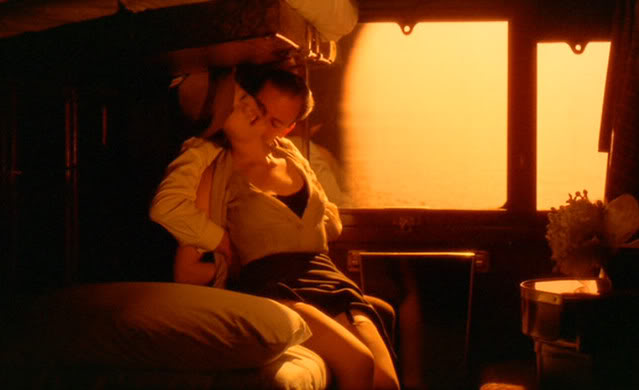
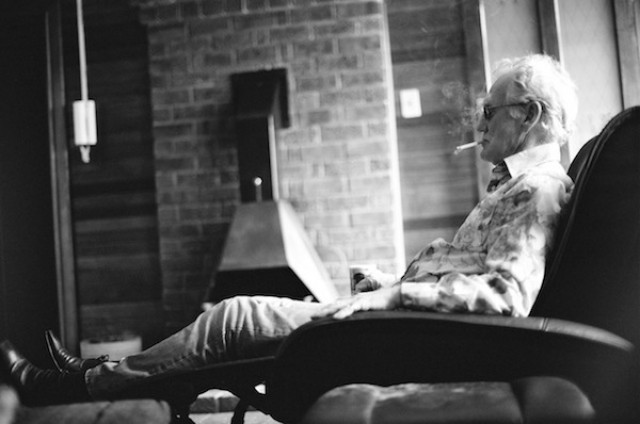
 “A great virtuoso madman,” “scary,” “a motherfucker,” “a lovable rogue,” “a dope addict,” “the hammer of the gods,” “a force of nature,” “horrible,” “the world’s greatest drummer” — these are just some of the terms of affection heaped on legendary drummer Ginger Baker by his friends, relatives, and musical colleagues at the beginning of Jay Bulger’s propulsive documentary, Beware of Mr. Baker. In 2009, after spending three months with Baker and his family in South Africa, Bulger published the in-depth article “The Devil and Ginger Baker” in Rolling Stone. Two years later, Bulger went back to expand the story into a feature-length film, but Baker was not about to make it easy for him, continually insulting his questions, calling him names, and even cracking him in the nose with his cane. “He influenced me as a drummer but not as a person,” Bad Company and Free drummer Simon Kirke says of Baker, an opinion shared by many in this revealing film. Baker might be crotchety, but he also opens up to Bulger, particularly in describing when, as a child during WWII, he would hear the bombings outside, sounds that would have an impact on his playing. Bulger speaks with such other percussionists as the Rolling Stones’ Charlie Watts, Rush’s Neal Peart, the Grateful Dead’s Mickey Hart, Metallica’s Lars Ulrich, the Police’s Stewart Copeland, Vanilla Fudge’s Carmine Appice, and Pink Floyd’s Nick Mason, as well as such former Baker bandmates as Eric Clapton, Jack Bruce, and Steve Winwood, who all rave about Baker’s remarkable abilities behind the kit while also delving into his self-destructive behavior, which led him through a parade of groups, home countries, and spouses. “I don’t know if it’s his ability to move on or it’s his inability to stay,” points out Baker’s third wife, Karen Loucks Rinedollar, a statement that applies to both Baker’s personal and professional lives.
“A great virtuoso madman,” “scary,” “a motherfucker,” “a lovable rogue,” “a dope addict,” “the hammer of the gods,” “a force of nature,” “horrible,” “the world’s greatest drummer” — these are just some of the terms of affection heaped on legendary drummer Ginger Baker by his friends, relatives, and musical colleagues at the beginning of Jay Bulger’s propulsive documentary, Beware of Mr. Baker. In 2009, after spending three months with Baker and his family in South Africa, Bulger published the in-depth article “The Devil and Ginger Baker” in Rolling Stone. Two years later, Bulger went back to expand the story into a feature-length film, but Baker was not about to make it easy for him, continually insulting his questions, calling him names, and even cracking him in the nose with his cane. “He influenced me as a drummer but not as a person,” Bad Company and Free drummer Simon Kirke says of Baker, an opinion shared by many in this revealing film. Baker might be crotchety, but he also opens up to Bulger, particularly in describing when, as a child during WWII, he would hear the bombings outside, sounds that would have an impact on his playing. Bulger speaks with such other percussionists as the Rolling Stones’ Charlie Watts, Rush’s Neal Peart, the Grateful Dead’s Mickey Hart, Metallica’s Lars Ulrich, the Police’s Stewart Copeland, Vanilla Fudge’s Carmine Appice, and Pink Floyd’s Nick Mason, as well as such former Baker bandmates as Eric Clapton, Jack Bruce, and Steve Winwood, who all rave about Baker’s remarkable abilities behind the kit while also delving into his self-destructive behavior, which led him through a parade of groups, home countries, and spouses. “I don’t know if it’s his ability to move on or it’s his inability to stay,” points out Baker’s third wife, Karen Loucks Rinedollar, a statement that applies to both Baker’s personal and professional lives. 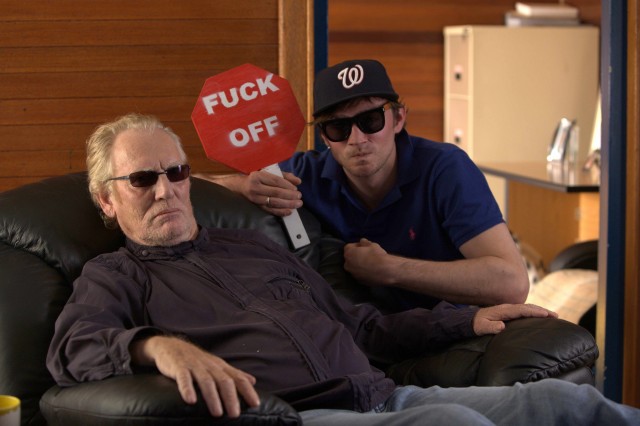
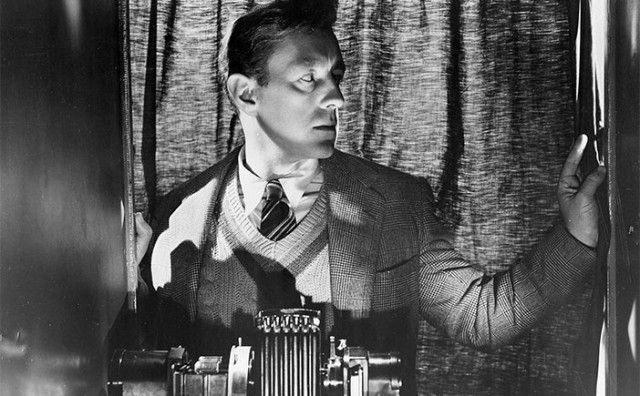
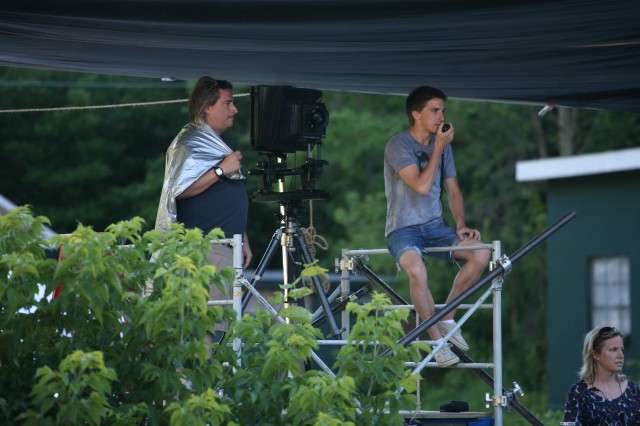
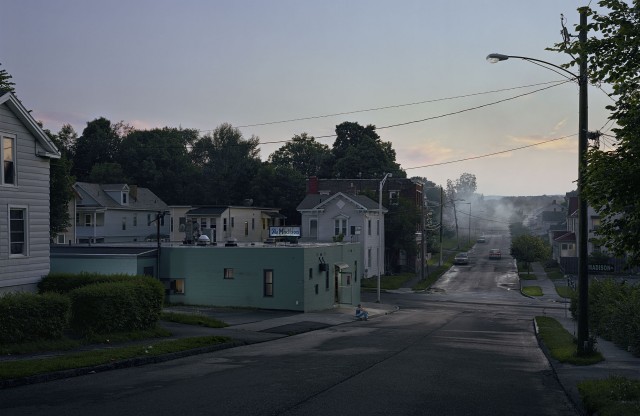
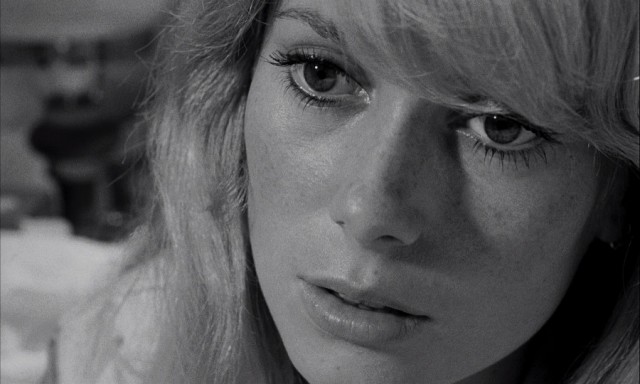
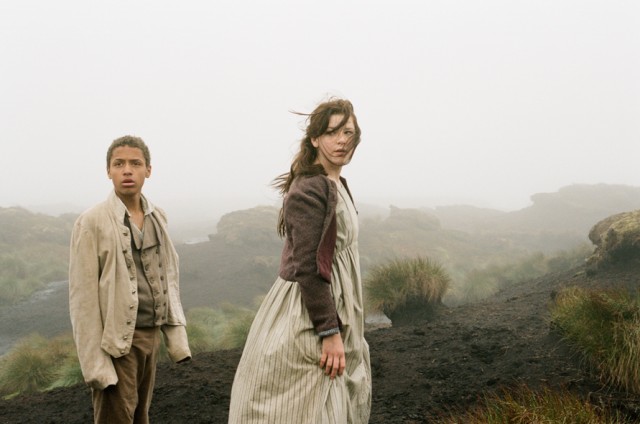
 Digging deep into Emily Brontё’s classic — and only — novel, writer-director Andrea Arnold creates a radically different Wuthering Heights from such previous versions starring Laurence Olivier and Merle Oberon (1939), Keith Michell and Claire Bloom (1962), and Ralph Fiennes and Juliette Binoche (1992). Setting the bar high following her exceptional first two films,
Digging deep into Emily Brontё’s classic — and only — novel, writer-director Andrea Arnold creates a radically different Wuthering Heights from such previous versions starring Laurence Olivier and Merle Oberon (1939), Keith Michell and Claire Bloom (1962), and Ralph Fiennes and Juliette Binoche (1992). Setting the bar high following her exceptional first two films,